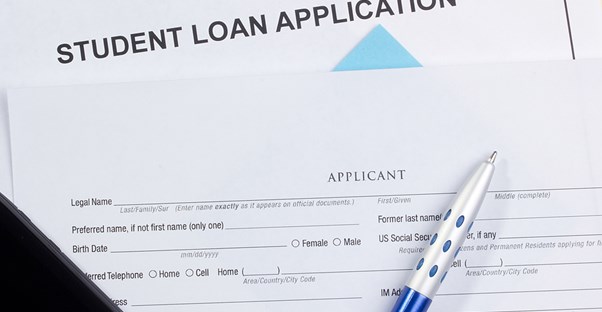Higher education can be very expensive. According to the National Center for Education Statistics, the average costs per year for a public college or university exceeded $14,000 as of 2012. Luckily, there are several financial aid programs that can help. Student loans, scholarships, work study, and grants have helped many people pay for school. However, several students may not know how to apply for financial aid.
Financial Aid Application
In order to apply for any type of financial aid, you must fill out and submit a FAFSA, or the Free Application for Student Aid. This process can be completed online by visiting the official government website or a printed application may be mailed in. The applicant will be asked to provide a variety of information that is used to determine if and what kind of aid that they may be eligible for. This information includes personal identification, finances, school name and program, and demographics. Filling out the application alone does not guarantee or entitle you to receive assistance. It is only used to see if you are eligible.
Items That Will Be Needed
In order to successfully complete the application, there are a few documents that you may want to have handy, such as a copy of your latest tax return. This information must be completely accurate so you may find it best to use the tool on the FAFSA website that automatically imports the data. Social security numbers and the personal identification number, (PIN) that is used to electronically sign the application, will also be needed. If the student is considered dependent, typically under the age of 23, unless there are specific circumstances, the income of the parent(s) must be provided to determine eligibility.
Verification of Information
After the FAFSA has been successfully completed, a number referred to as the expected family contribution, (EFC) is generated. A lower EFC simply means that the student may qualify for more funds as they are not expected to contribute more. After the school receives the information, the process may not be entirely over. Students are randomly selected for verification and must provide required information in order to complete the financial aid process. Verification may differ from one student to the next depending on the unique financial situation, and it includes providing the school with documentation of stated income as shown on the FAFSA.
Other Important Information
Depending on the award package available and personal preferences, there may be additional applications. For example, there is often a separate application for those who wish to apply for some grants and scholarships. Student loans will also typically require another application. One of the most important things to keep in mind is deadlines. Although the application is available year round, some schools and each state have deadlines for filling out the FAFSA. Failure to meet these deadlines can reduce the amount of financial aid available, even if you do qualify.




